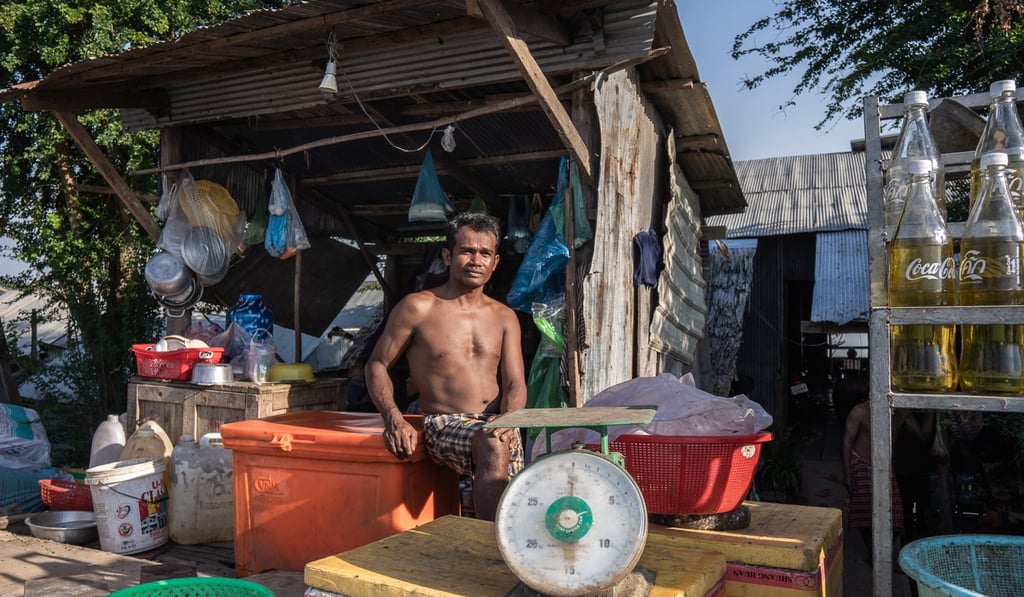Phnom Penh’s vanishing lakes put Cambodian capital in peril – and harm livelihoods of fishermen, farmers
- Since 1997, 15 of the 25 largest lakes and canals in Phnom Penh have been filled in with sand and mud to make way for developments
- During the rainy season, when fierce storms batter the country daily, the loss of lakes increases the risk of severe floods

Behind Seng Oeun’s humble wooden house on the outskirts of Phnom Penh lies Boeung Tamouk, the large lake that has provided the 39-year-old fisherman with an income since he was a youngster.
Every morning before the sun rises, when most Cambodians are still asleep, he climbs into his small boat to try his luck. “On a good day I can catch 100,000 riel [US$25] worth of fish. It’s enough to buy food for my kids and send them to school,” he says.
He worries that the good days will soon be over, however. The Cambodian government plans to fill in 20 hectares (49 acres) of Boeung Tamouk. The reclaimed land will be used to relocate a large fruit and vegetable market currently situated in the city centre.
In late January, a group of 30 residents living on the fringes of Boeung Tamouk were told by the authorities that they would be evicted, according to the local Khmer Times newspaper.

At the edge of the lake, thronged with simple fishermen’s boats, Seng Oeun says he’s worried that in time larger parts of the lake will be lost.
“I’m afraid that in the future I can’t go out fishing any more. I have no idea what else to do. I’m probably too old to learn a new profession,” Seng Oeun says.